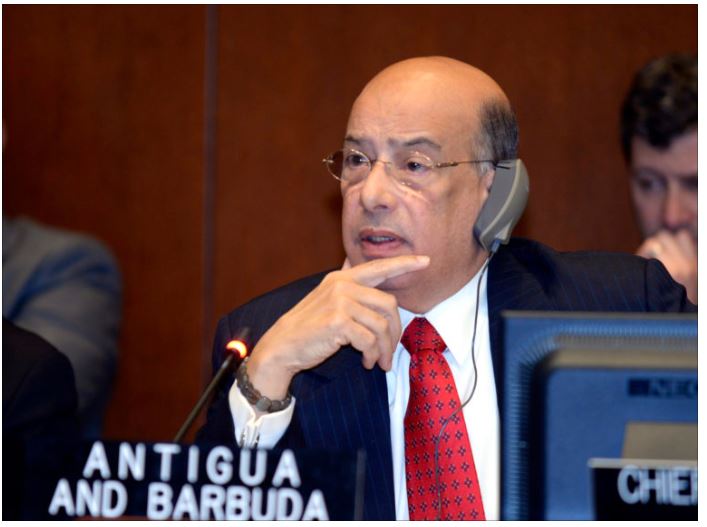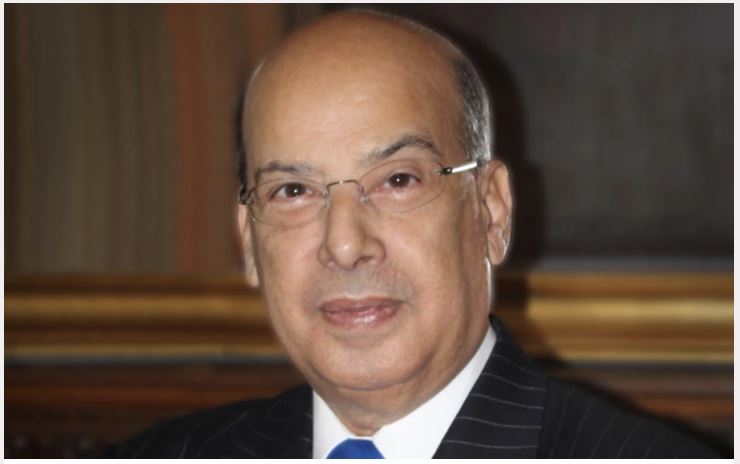By Tom Zoellner
On this day 188 years ago, a Baptist preacher was led up the stairs of a gallows and had a noose fitted around his neck. His executioners meant to get rid of him quickly, and erase all fragments of his memory.
“I will soon appear before a Judge that is greater than all,” said the Jamaican slave Sam Sharpe in the seconds before he was hung. His body was secreted in an unmarked grave in the beach sands near Montego Bay.
The British colonial authorities had good reason for wanting Sharpe’s legacy to go away, for he had been the leader of a conspiracy to mount the most serious challenge to slavery the island had ever seen.
Under the pretense of giving evening Bible lessons, Sharpe had recruited a network of friends who all agreed to sit down peacefully and refuse to work on the second day after Christmas in 1831.
In his methods, he anticipated the nonviolence of Gandhi and Martin Luther King, Jr.
But some of his followers had other ideas and set fire to dried sugar cane husks on a series of plantations – an act meant as a signaling device that still didn’t injure anyone, but provided an excuse for the paranoid Jamaican militia to start slaughtering anyone they suspected of rebellion. More than five hundred enslaved people lost their lives.
Sharpe’s resistance had failed on the ground, but achieved dazzling success in a way that he could not have anticipated.
News of the mayhem reached London within a month, and landed with force in a Parliament that was growing wary of the increased military expanses and humanitarian embarrassment of the slavery in the Caribbean.
Within 18 months, King William IV gave his grudging royal assent to the Slave Emancipation Act, freeing nearly 800,000 people with the stroke of a pen.
But Sam Sharpe, whose vision and daring had forced the question, still remained an obscure figure of history, remembered only in small Baptist circles for more than a hundred years.
Only after Jamaica gained its independence from the UK in 1962 did it become acceptable to acknowledge his role in helping end the barbaric practice of slavery. The government made him a National Hero in 1975, and his face is now on the $50 bill and his story is taught in public schools in Jamaica.
Yet one of the most transformational figures of the Caribbean — a true hero in every sense — remains lamentably unrecognized beyond his home island, even though the chain of events he set in motion had a galvanizing effect on the American abolitionist movement.
The only places in my own country of the U.S. where he is a well-known figure are in the Caribbean expatriate neighborhoods of South Florida and Brooklyn where he is justly celebrated alongside Marcus Garvey.
But his story of liberty should be widely known in all countries that have thrown off the shackles of slavery. He rallied some of the most oppressed and powerless people on the globe, taught them ways of peaceful resistance that remain effective today, and served as an example of how clear moral vision can triumph over systematic evil — even in ways that are unexpected.
They tried to erase Sam Sharpe 188 years ago. They didn’t succeed then, and they shouldn’t succeed now.





